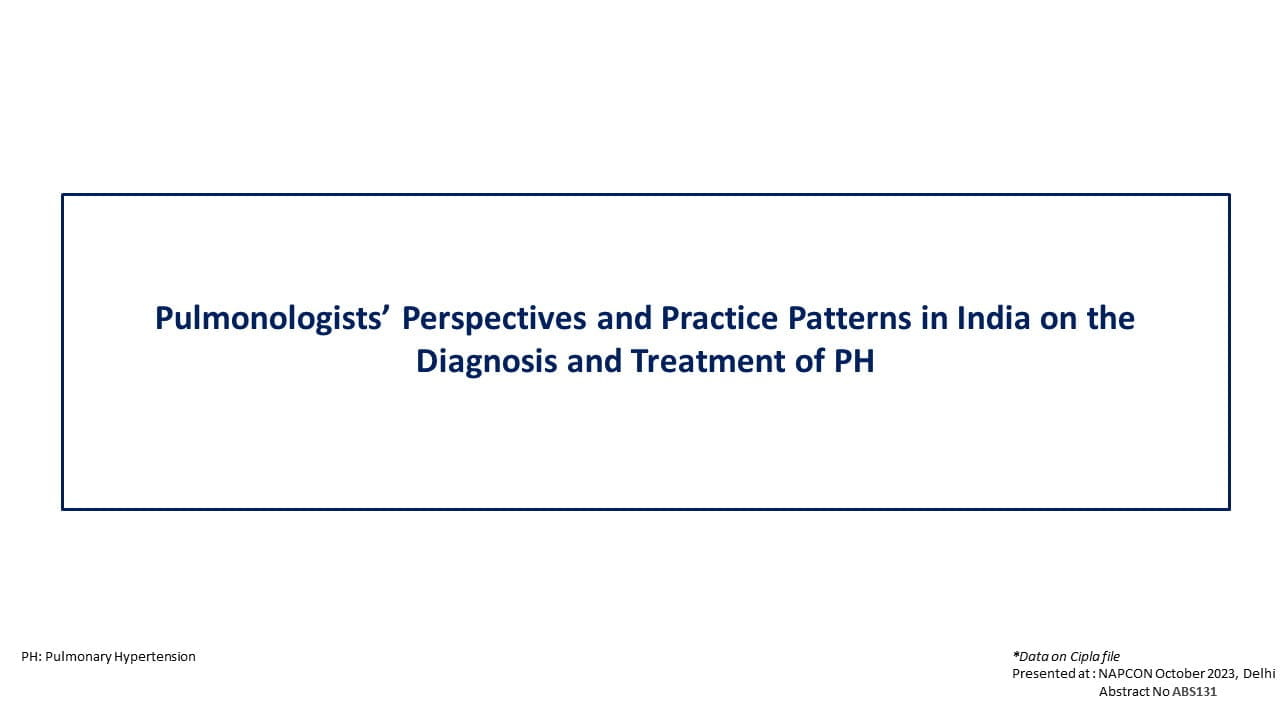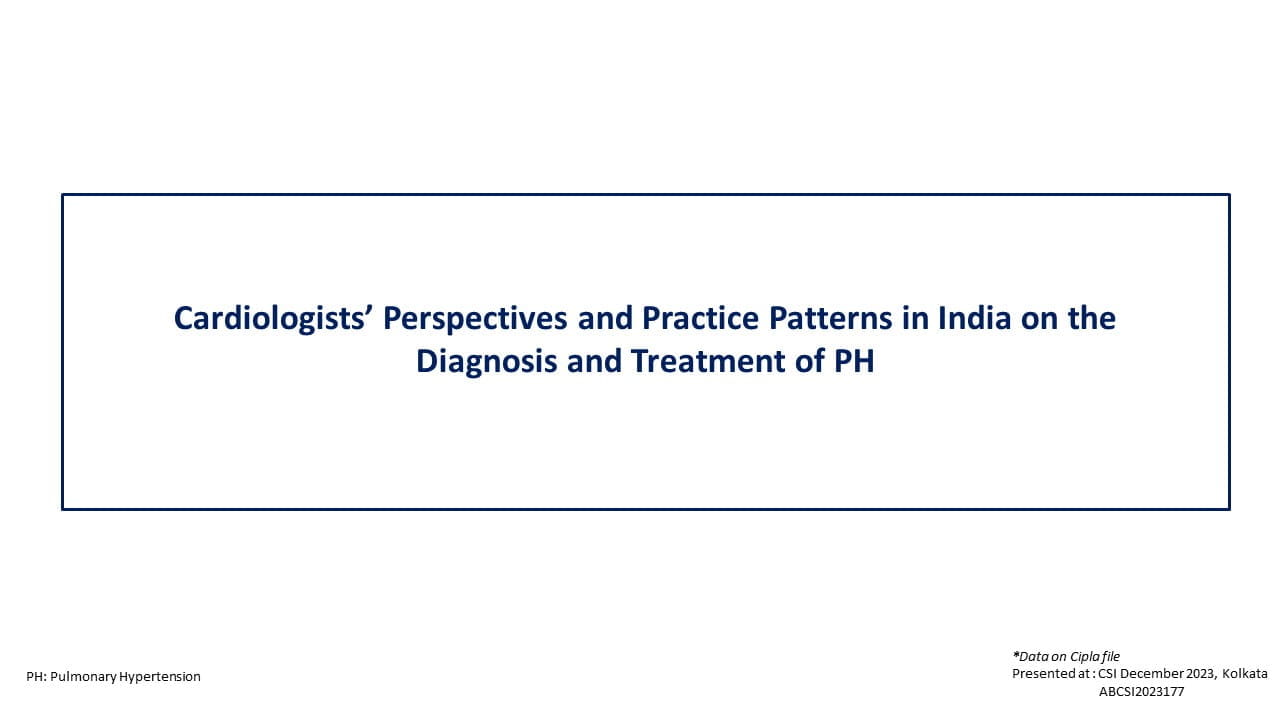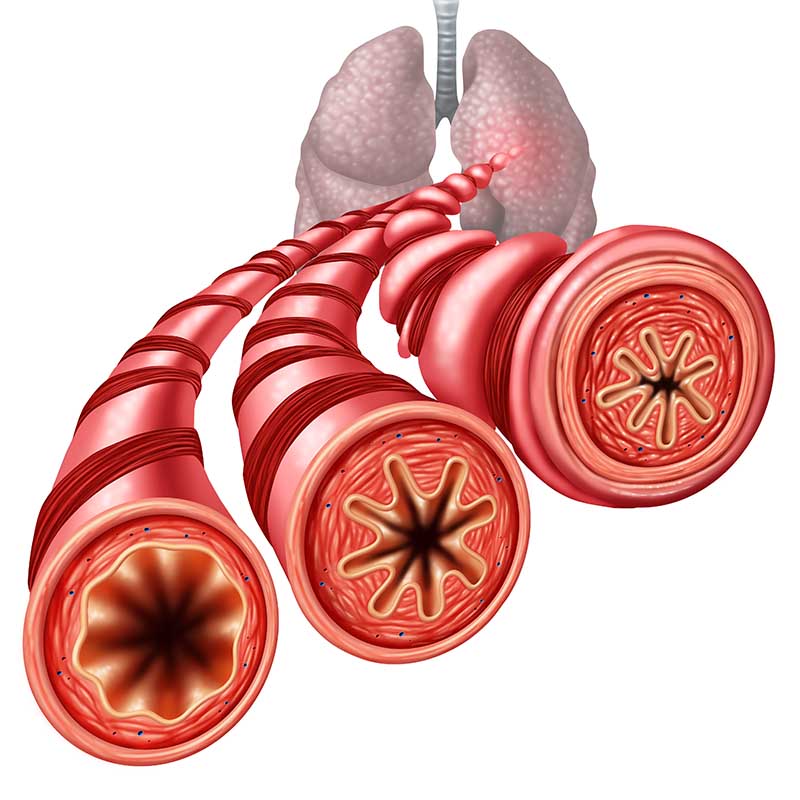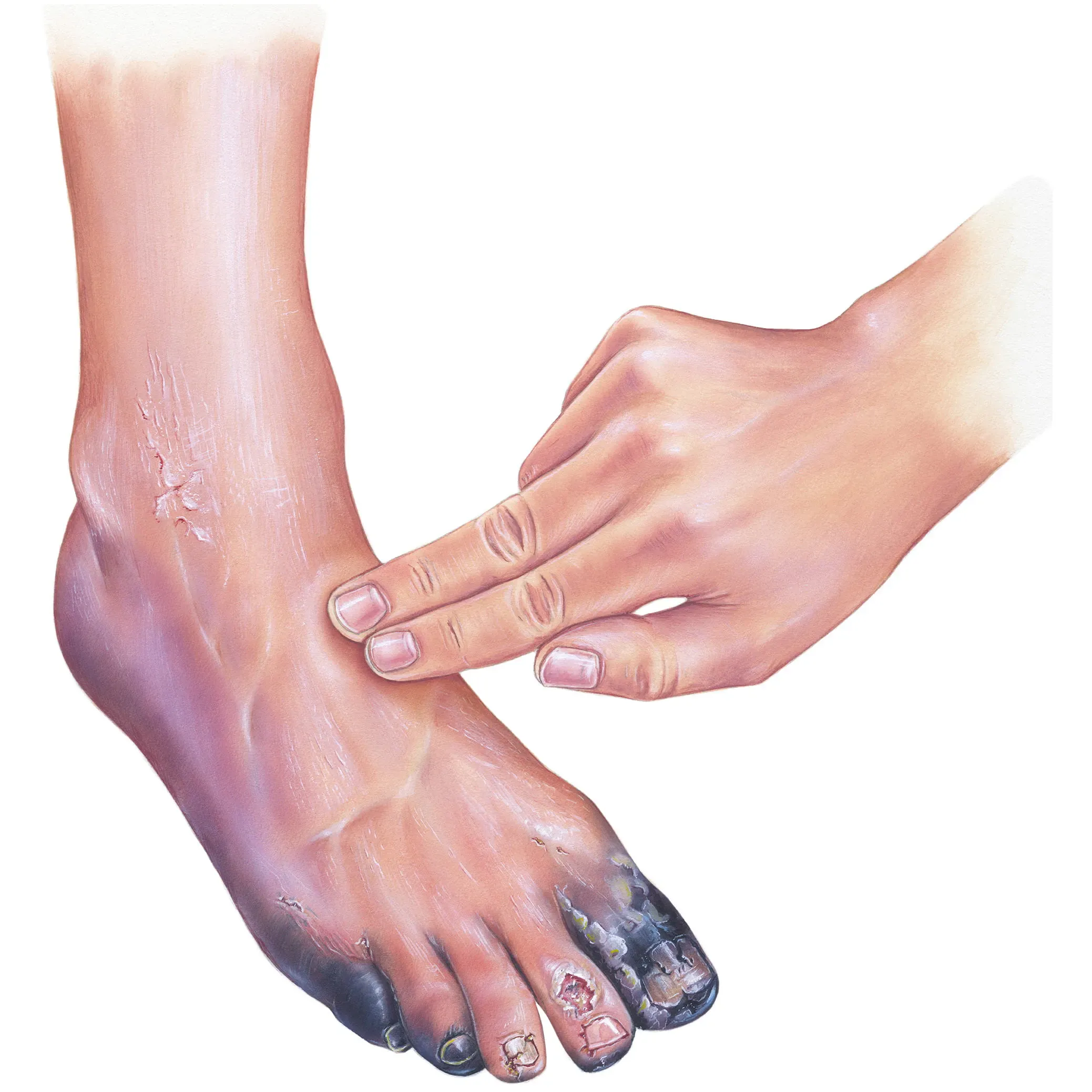Background
Several studies have demonstrated a reduction in risk of major adverse cardiovascular events (MACE), or at least some of their components when type-2 diabetes mellitus (T2DM) patients are treated with sodium-glucose cotransporter-2 inhibitors (SGLT2i). Nevertheless, the benefits of SGLT2i were more prominent amongst the patients with established atherosclerotic cardiovascular disease (ASCVD) rather than those with multiple risk factors but without ASCVD. These trials have additionally demonstrated a robust reduction in the risk of hospitalization for heart failure (HHF) and progression of kidney disease with the use of SGLT2i. Nevertheless, none of these trials were adequately powered to account for the heterogeneity of cardiovascular (CV) efficacy by baseline ASCVD risk category on specific CV and renal outcomes. Hence deriving meaningful interpretations from any individual trial is quite a difficult task.
Aim
To gain more reliable estimates of the efficacy and safety of SGLT2i for specific outcomes overall, and in relevant subgroups through a systematic review and meta-analysis.
Methods
Study Design
- Systematic review and meta-analysis
Study Specifications
- The studies included in the systematic review and meta-analysis comprised of randomized, placebo-controlled, CV outcome studies dealing with SGLT2i in T2DM patients.
Outcomes
Efficacy Outcomes
- MACE [myocardial infarction (MI), stroke, or CV death], the composite of CV death or HHF, and progression of renal disease
- Patients were stratified as those with ASCVD vs. those with multiple risk factors but without ASCVD, those with or without HF, and as per estimated glomerular filtration rate (eGFR)
Safety Outcomes
- Non-traumatic lower limb amputations, fractures, and diabetic ketoacidosis
Results
- Three trials namely; EMPA-REG OUTCOME, CANVAS Program, DECLARE-TIMI 58 were included in this systematic review and meta-analysis.
- The study population comprised of 34,322 patients with a mean age of 63.5 years. Of the entire study population, 35.1% were females and 60.2% had established ASCVD.
- A total of 3342 (9.7%) patients suffered with a MACE event. Of these, 2588 (77·4%) occurred in patients with established ASCVD. SGLT2i treatment was associated with an 11% risk reduction in MACE (HR 0·89 [95% CI 0·83–0·96], p=0·0014), albeit benefits were clearly restricted only in patients with ASCVD (HR; 0·86 [0·80–0·93]) who had 14% reduction in the incidence of MACE and not in those without (1·00 [0·87–1·16], p for interaction=0·0501), compared to placebo (Table 1).
- Myocardial infarction occurred in 4.7% (n=1604) patients, 3.1% (n=1060) had stroke and 3.7% (n=1256) died because of a CV reason. All the three events were more frequent in ASCVD patients rather than those without. Overall, SGLT2i reduced the risk of MI by 11% (HR 0·89 [95% CI 0·80–0·98], p=0·0177) and that of CV death by 16% (0·84 [0·75–0·94], p=0·0023) but the results were highly heterogeneous. The risk reductions for MI and CV death were evident only amongst ASCVD patients and not amongst those with multiple risk factors (without ASCVD). SGLT2i had no effect on the risk of stroke.
- A total of 2028 CV deaths or HHFs were observed. SGLT2i treatment was associated with a 23% reduction in the risk of CV death or HHF (0·77 [0·71–0·84], p<0·0001). The HR for the composite of CV deaths or HHF was 0·76 (0·69–0·84) in patients with ASCVD and 0.84 (0·69–1·01, p for interaction=0·41) amongst patients with multiple risk factors. The benefits were also similar in patients with and without a history of HF. The impact on HHF alone was robust, with nearly 30% reduction in relative risk amongst patients with and without ASCVD (Table 1).
- SGLT2i was associated with a 15% reduction in all-cause mortality (HR 0·85 [95% CI 0·78–0·93], p=0·0002), though the findings were heterogeneous. The HR in patients with ASCVD was 0·83 (0·75–0·92) and in those with multiple risk factors it was 0·90 (0·77–1·05, p for interaction=0·69). The HR for all-cause mortality was 0·80 (0·67–0·95) amongst those with a history of HF and 0·88 (0·80–0·97, p for interaction=0·63) in those without a history of HF.
- A total of 766 renal composite outcomes were reported in the included studies. SGLT2i resulted in a 45% decrease in the risk of progression of renal disease (0·55 [0·48–0·64], p<0·0001), with a similar benefit amongst those with ASCVD (HR 0·56 [95% CI 0·47– 0·67]) and those with multiple risk factors (0·54 [0·42–0·71], p for interaction=0·71) (Table 1).
| Outcomes | HR | 95% CI | P value |
| ASCVD | |||
| MACE | 0.86 | 0.80-0.93 | 0.0002 |
| CV Death/HHF | 0.76 | 0.69-0.84 | <0.0001 |
| Renal Composite | 0.56 | 0.47-0.67 | <0.0001 |
| Multiple Risk Factors (NO ASCVD) | |||
| MACE | 1.00 | 0.87-1.16 | 0.98 |
| CV Death/HHF | 0.84 | 0.69-1.01 | 0.0634 |
| Renal Composite | 0.54 | 0.42-0.71 | <0.0001 |
- The magnitude of SGLT2i benefit varied as per the baseline renal function. Thus, patients with an eGFR of less than 60 mL/min/1·73 m² had a 33% reduction in renal composite events, patients with an eGFR between 60 and 90 mL/min/1·73 m² had a 44% reduction and those with an eGFR of 90 mL/min/1·73 m² or higher had 56% reduction in renal outcomes (p for interaction=0·0258).
- With regards to safety outcomes, there was a significant heterogeneity across the trials for amputations (I²=79·1%) and fractures (I²=78·2%), with only one trial demonstrating an increased risk. There was a consistent two-times higher increase in the risk of diabetic ketoacidosis in patients given SGLT2i vs. those receiving placebo (2·20 [1·25–3·87], p=0·0060), but the event rates were low (<one per 1000 patient-years).
Conclusions
- SGLT2i reduced atherosclerotic MACE with the benefits confined to T2DM patients with established ASCVD.
- The benefits of SGLT2i in terms of reducing HHF and progression of renal disease remained independent of the presence of ASCVD or a history of HF.
- Overall, SGLT2i were well tolerated and generally safe drugs. Although SGLT2i were associated with a small increase in the risk of diabetic ketoacidosis, this risk can be reduced with proper patient education and vigilance.
- SGLT2i should be considered in T2DM patients regardless of presence of ASCVD or history of HF, as they safely reduce glycosylated hemoglobin and reduce the risk of HHF and progression of renal disease broadly across the spectrum of these patients.
Lancet. 2019; 393 (10166): 31-39.










